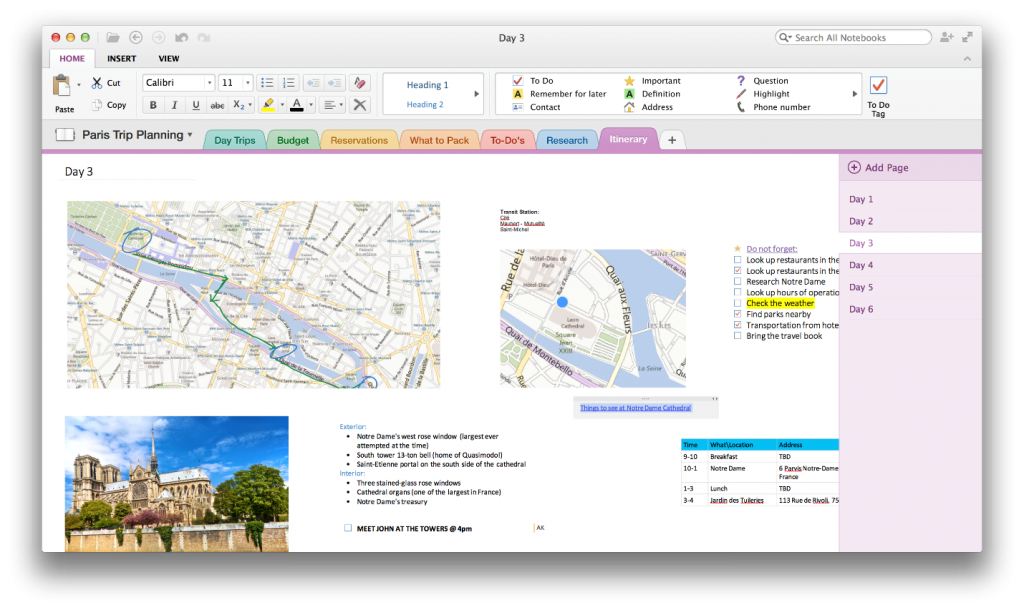Microsoft's New Direction
It’s the middle of Build, the annual Microsoft development conference, and just a few months since Satya Nadella took the position of CEO at Microsoft.
In recent years Microsoft has been making some very weird decisions, including the design of Windows 8, issues in the Xbox One developer licencing and then backtracking on that, pushing Internet Explorer with some very strange marketing campaigns and more.
You can imagine my surprise then, when in the past few weeks, Microsoft have publicly taken some very different directions. I realise that these will have been in various stages of planning for months, but I do believe some are Microsoft showing hints of moving faster.
OneNote
First off, OneNote for Mac was released. By itself this isn’t major news, OneNote has been free on Windows for a while, and Microsoft do make Office for Mac. But two things took me by surprise about the announcement.
Firstly, it’s good. It’s actually excellent. There is clearly a talented design team, who importantly care about making good Mac software behind the new OneNote. The whole thing feels like it fits in well on the Mac OS desktop, which I think is a very important aspect of making good software, something I get the impression matters much less on Windows.

The other thing that surprised me was that OneNote is now on Mac OS, Windows, Android and iOS, with iPad and iPhone interfaces. And it all syncs over the web, with an API that allows external services to push information into your notebooks. The scope for integration is huge, and I look forward to seeing what developers do with the API.
Office for iPad
This has been in the works for years, but finally Microsoft released Office for iPad. This by itself is great, a sign that they aren’t wanting to force users into using their tablets, which haven’t taken off, but instead are recognising Apple’s dominance in the tablet market and working with it.
Again, the apps look like they are really well made, and clearly have lots of design talent behind them.
Microsoft Azure
A few days ago Microsoft announced that they were reducing pricing for their Azure web services, which was arguably the trigger for Amazon reducing the prices for their web services very soon after.
The thing that interests me about Azure is that it’s huge. In the space of just a few years, it’s gone from almost nothing to a full range of infrastructure and platform as-a-service features, that aren’t tied to the Microsoft stack at all.
If you just need raw virtual machines, they have a range of offerings that are competitive with Amazon EC2. However on top of this infrastructure they also provide development and continuous integration environments, and things like a mobile app ‘backend-as-a-service’, with native iOS/Android/Windows Mobile integration.
It’s actually a very viable competitor to Amazon Web Services, and I would advise anyone looking for IaaS/PaaS services to give it thorough consideration along with Amazon.
Windows 8.1.1
This was announced during the keynote address at Build, and it’s a brilliant move. In one minor point release, Microsoft appear to have fixed the major issues that many people have with Windows 8’s user interface.
The previously full-screen only Windows 8 (“metro”) style apps, are now capable of running in a window. This instantly gives users the old desktop metaphor back. While many users don’t fully understand the desktop metaphor and windowing systems, just getting that bit of context to actions back that was lost behind awkward gestures in the original Windows 8 will be a great boost to usability and productivity.

But more importantly than this, the start menu is back, and now in a form that quite honestly looks stunning. The new menu has the old start menu style tree view of entries, and the instant search box, but also now features the same widgets as were previously found on the start screen, enabling quick access to possibly useful information, and importantly, in a place that users are clicking through to frequently. In this way, it’s probably better than the Mac OS dashboard, which is so far out of the way, and lacking useful information, that I haven’t used it in years.
Windows for Free
This one is a really interesting move, Windows is now free for embedded and “internet of things” devices. While I don’t think Windows is a good platform for IoT devices as they are typically very low powered and suit a cut-down Linux install better, the fact that Microsoft are giving up their licence fees on anything is interesting. It also might hint at a future direction for Windows RT.
I realise this whole blog post sounds a bit like an advert for Microsoft, but I guess in some ways it is. I think many people in the industry have been dismissing them as irrelevant (at least outside of the enterprise market) for a while now, I certainly had been. But in the last few months I’ve changed my opinion.
There are still lots of areas that I don’t think they are getting right, yet. The Xbox One isn’t groundbreaking and I still don’t think Windows 8 works well enough on all the platforms it works on.
However, I’m excited to see what else is coming in the future, and this is the first time in quite a few years that I can say that about Microsoft.